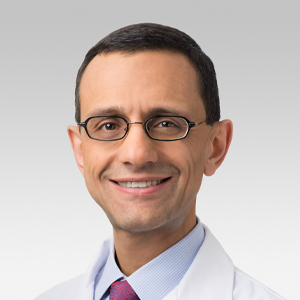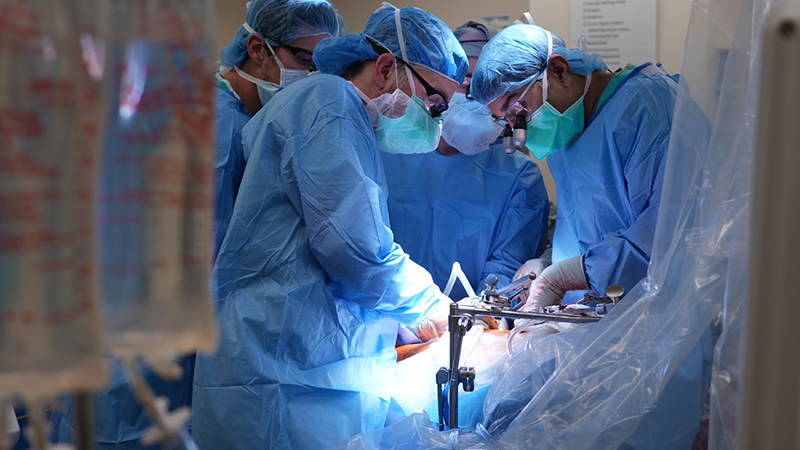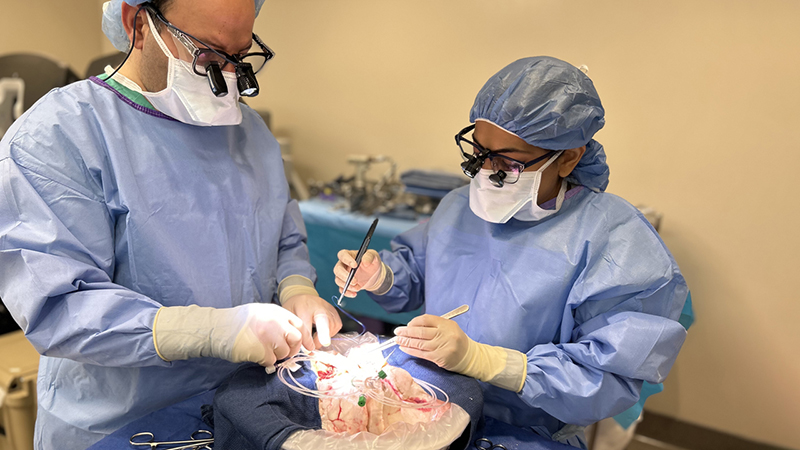Breaking Down Brain Aneurysms [Infographic]
Published September 2021
The Difference Between Strokes and Aneurysms
Every 40 seconds in the United States, someone has a stroke.
Strokes occur when blood flow to the brain is disrupted. This can occur when blood vessels, the body's "pipes" that carry blood, become plugged or leak. When blood — and the oxygen and nutrients it carries — cannot get to the brain, brain cells die. This can cause neurological complications and even death.
There are advanced treatment options for stopping unruptured aneurysms in their tracks.— Babak S. Jahromi, MD, PhD
There are two main types of strokes:
- Ischemic strokes are caused when blood vessels to the brain are blocked. They account for 87% of all strokes.
- The other 13% of strokes are hemorrhagic, caused by leakage of blood into or around the brain tissue.
Hemorrhagic strokes can be caused by a ruptured cerebral (brain) aneurysm. Commonly confused with stroke, cerebral aneurysms are "blisters" that form when a weak spot in a blood vessel of the brain bulges or balloons out. If an aneurysm ruptures, it causes a stroke, but not all strokes are caused by aneurysms.
Types of Hemorrhagic Strokes
Hemorrhagic strokes can be subarachnoid or intracerebral.
Subarachnoid hemorrhages:
- Are less common than intracerebral hemorrhages
- Cause bleeding in the space around the brain and blood vessels
About one third of people who have a subarachnoid hemorrhage will have a good outcome. Another third will have a disability, and the remaining third will die immediately.
Intracerebral hemorrhages:
- Are more common than subarachnoid hemorrhages
- Cause bleeding into the brain tissue
"Hemorrhagic strokes are by far the most fatal," says Northwestern Medicine Neurosurgeon Babak S. Jahromi, MD, PhD. "While aneurysm rupture is rare, once an aneurysm bursts, the odds of brain damage and death drastically increase. Fortunately, there are advanced treatment options for stopping unruptured aneurysms in their tracks."
Let's take a closer look at brain aneurysms.







